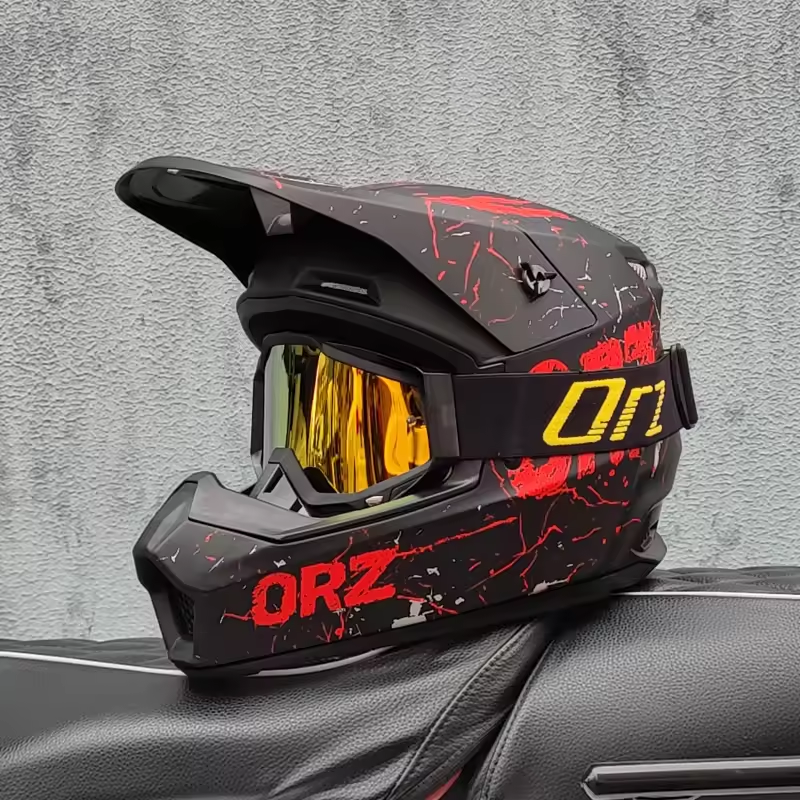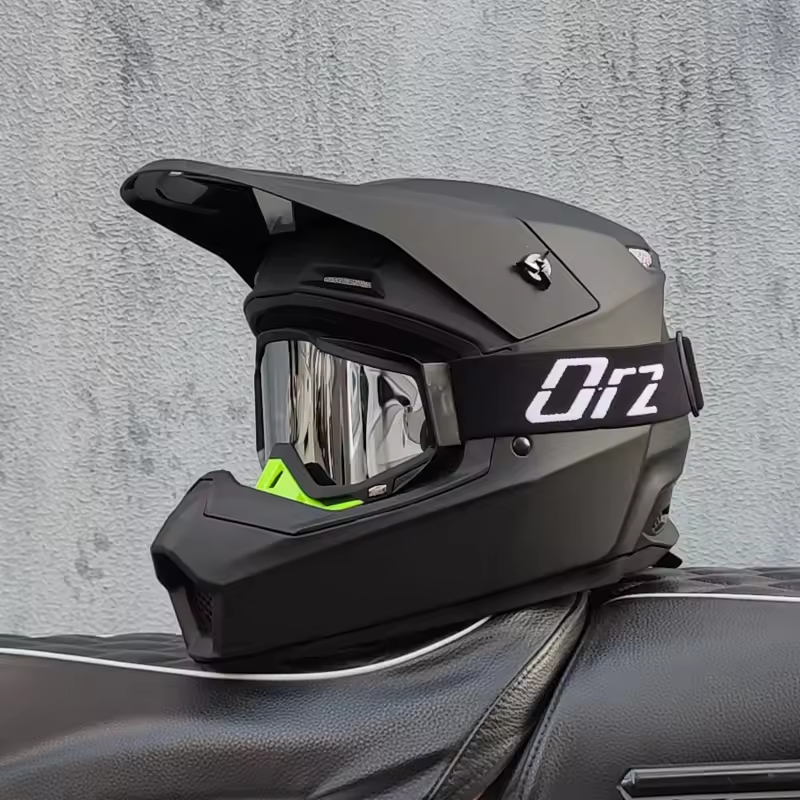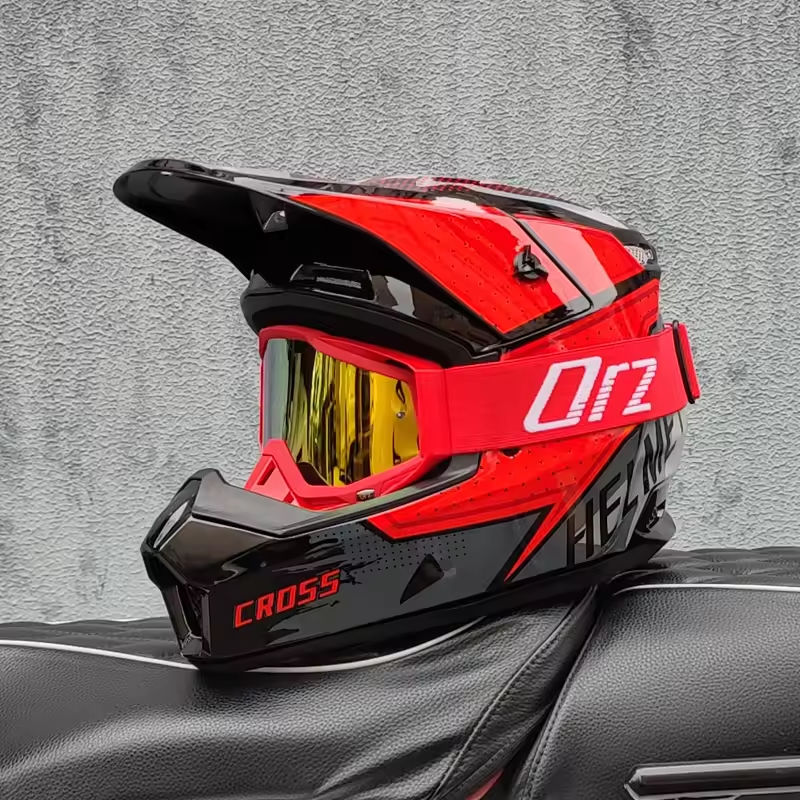Sep 11, 2025
Motorbike Table Lift: Revolutionizing Workshop Efficiency & Safety
Introduction to Motorbike Table Lifts
A motorbike table lift is a specialized workshop tool designed to safely elevate motorcycles to a comfortable working height, revolutionizing motorcycle repair and maintenance. Unlike traditional jacks or ramps, it combines hydraulic precision and adjustable platforms to provide stable access to all parts of a bike—ideal for tasks like engine tuning, brake replacement, or bodywork. Key features include anti-slip surfaces, secure clamping mechanisms, and ergonomic designs that reduce physical strain by eliminating the need for crouching. Ranging from compact DIY models to heavy-duty commercial lifts, they cater to professionals and enthusiasts alike, ensuring efficiency, safety, and ease of use. Whether replacing a tire or overhauling an engine, a motorbike table lift optimizes workflow while minimizing risks of injury or component damage.
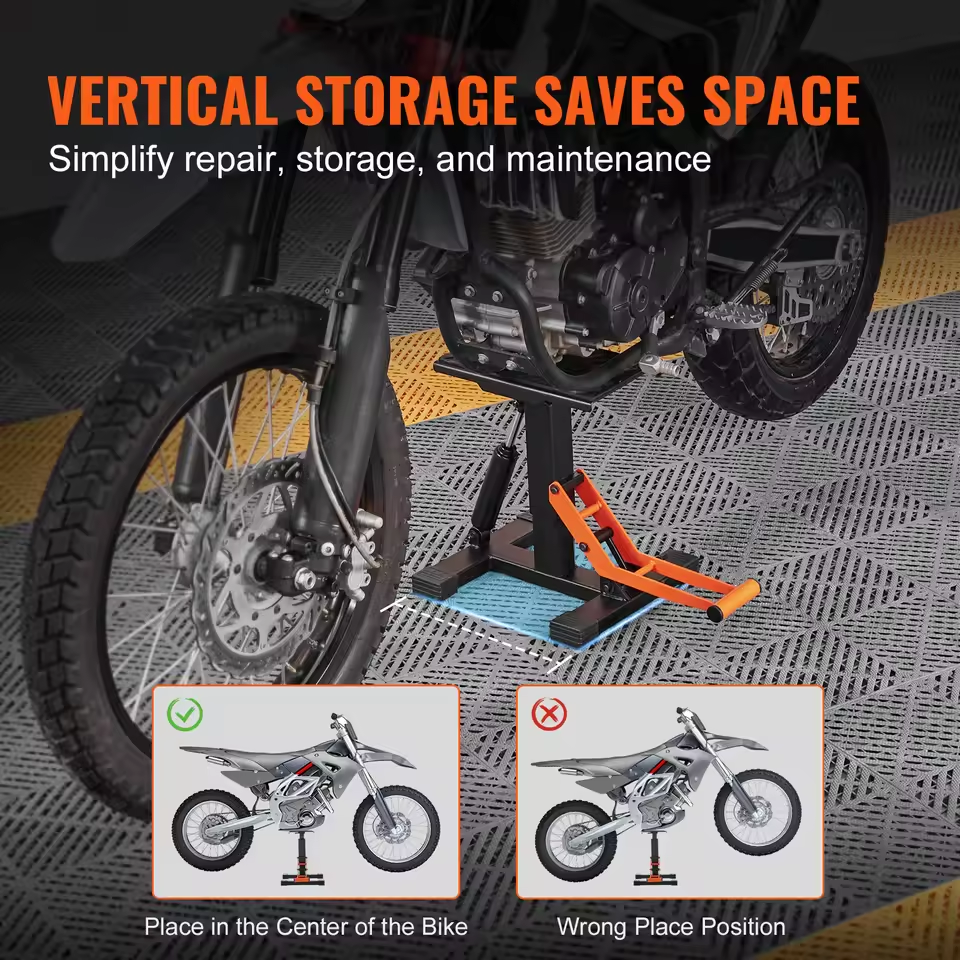
Why Choose a Motorbike Table Lift Over Traditional Methods?
Traditional tools like floor jacks or ramps fall short in safety, efficiency, and versatility compared to a motorbike table lift. Here’s why the latter is the smarter choice for motorcycle maintenance:
- Enhanced Safety
- Stability: Secure clamping mechanisms prevent rollovers—a common risk with unbalanced jacks.
- Anti-Slip Surfaces: Rubberized platforms grip tires and frames, reducing slippage during work.
- Locking Systems: Hydraulic pins keep motorcycles stationary, unlike manual jacks that may shift under pressure.
- Ergonomic Efficiency
Hydraulic lifts raise motorcycles to optimal working heights (typically 24–48 inches), eliminating the need for crouching or awkward postures. This cuts repair time by up to 50% and reduces musculoskeletal strain. - Precision and Accessibility
Adjustable platforms tilt or pivot to expose hard-to-reach components, such as engine internals or rear suspension. Traditional ramps lack this flexibility, forcing technicians to contort or use extra tools. - Space Optimization
Compact motorbike table lifts fit in small workshops, unlike bulky four-post lifts. Their freestanding design also avoids floor modifications, making them ideal for home garages. - Cost-Effectiveness
While initial costs range from 500to2,000, these lifts outlast cheaper alternatives like manual jacks (which wear out quickly). Their durability and reduced injury risk justify the investment over time. - Multi-Use Versatility
Beyond repairs, they aid in customization and inspections. Some models even include built-in tool trays for added convenience.
By addressing these pain points, the motorbike table lift becomes an indispensable tool for professionals and DIYers seeking safety, productivity, and long-term value.

Key Features of a High-Quality Motorbike Table Lift
A high-quality motorbike table lift combines advanced engineering and safety-first design to meet the demands of professional and DIY motorcycle maintenance. Here are its defining traits:
- Sturdy Construction
Built with heavy-duty steel or reinforced aluminum, these lifts withstand frequent use and weights of 500–1,000 lbs. Look for powder-coated finishes to resist rust and corrosion, even in humid workshops. - Precision Hydraulic Systems
Smooth, controlled elevation via hydraulic pumps ensures safe and stable positioning. Some models include emergency release buttons for quick descents in case of power loss. - Adjustable Platforms
- Height Range: Adjustable from 24–48 inches to accommodate technicians of all heights.
- Tilt and Pivot Options: Rotate the platform 90° for engine access or tilt vertically for suspension work.
- Customizable Dimensions: Platforms measuring 48” L × 24” W fit most motorcycle models.
- Safety Innovations
- Anti-Slip Surfaces: Textured rubber mats grip tires and frames during work.
- Clamping Mechanisms: Secured straps or magnetic locks prevent lateral movement.
- Locking Pins: Hydraulic locks keep the lift stationary even under vibration.
- Ergonomic Design
Side-mounted tool trays, storage hooks, and non-slip footrests optimize workflow. Some lifts include foldable designs for easy storage in compact spaces. - Certifications and Warranty
Top-tier models comply with OSHA and ISO safety standards. Look for brands offering warranties of 5+ years on structural components and 2 years on hydraulics.
By prioritizing these features, a motorbike table lift becomes a reliable, long-lasting asset for any workshop—outperforming flimsy manual jacks or unstable ramps in both performance and durability.
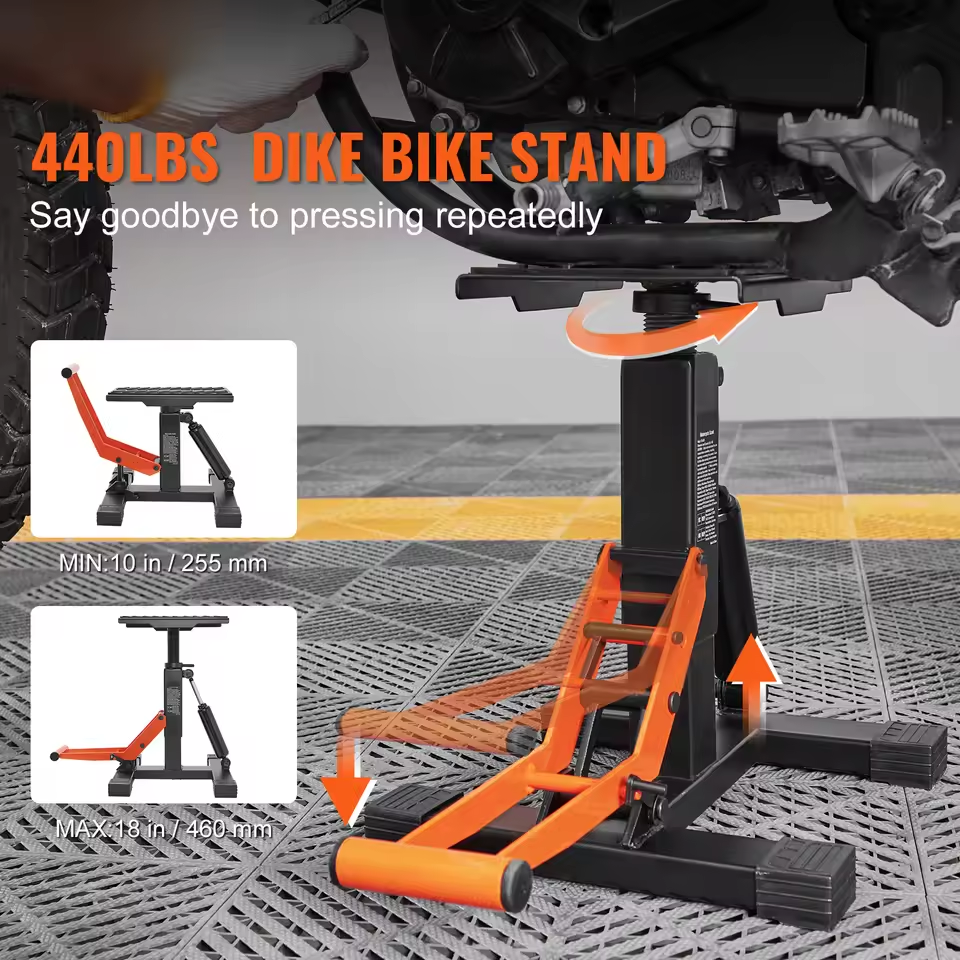
How to Select the Right Motorbike Table Lift for Your Workshop
Choosing the perfect motorbike table lift requires aligning its features with your workshop’s needs. Follow these steps for a smart investment:
- Define Your Purpose
- Professional Repair Shops: Opt for heavy-duty models (1,000+ lbs capacity) with tilt functions for engine overhauls.
- DIY Enthusiasts: Compact, budget-friendly lifts (500 lbs capacity) suffice for basic maintenance.
- Measure Your Space
Most lifts occupy 48” L × 24” W. Ensure clearance for unfolding or hydraulic adjustments. Foldable designs save space in small garages. - Check Load Capacity
Match the lift’s weight limit to your motorcycle’s size. For example, a 500 lbs lift suits dirt bikes, while 1,000 lbs models handle touring bikes. - Prioritize Safety Features
Look for anti-slip surfaces, hydraulic locking pins, and emergency release buttons. Avoid models without OSHA or ISO certifications. - Consider Adjustable Options
Adjustable heights (24–48 inches) and tilt mechanisms enhance accessibility. Some lifts pivot 90° for side-view inspections. - Budget Planning
- Entry-Level: 500–1,000 (basic hydraulic lifts).
- Premium: 1,500–2,000 (advanced tilt features, reinforced frames).
- Read Reviews and Warranty Details
Select brands offering 5+ year structural warranties and responsive customer support. Look for user feedback on durability and ease of use.
By balancing these factors, you’ll find a motorbike table lift that boosts efficiency, safety, and ROI for your workshop.
Enhancing Safety and Ergonomics in Motorcycle Repairs
A well-designed motorbike table lift transforms motorcycle repair by prioritizing safety and ergonomic efficiency. Here’s how it optimizes the workshop experience:
- Safety Innovations
- Anti-Slip Platforms: Textured rubber mats grip tires and frames, reducing slippage during work.
- Locking Mechanisms: Hydraulic pins and clamping straps secure motorcycles in place, eliminating rollover risks.
- Stable Base: Heavy-duty steel frames resist wobbling, even when accessing rear suspension or engine internals.
- Ergonomic Height Adjustment
Adjustable heights (typically 24–48 inches) let technicians work at a comfortable level, minimizing back strain from crouching. A raised platform also improves visibility for tasks like brake inspection or oil changes. - Multi-Angle Accessibility
Tilting or pivoting functions expose hard-to-reach areas:- Horizontal Tilt: For engine bay access.
- Vertical Lift: To inspect exhaust systems.
This reduces the need for awkward postures or additional tools.
- Built-in Convenience Features
- Tool Trays: Mounted on the lift’s side save time by keeping wrenches and sockets within reach.
- Storage Hooks: Organize hoses or cables without cluttering the workspace.
- Reduced Physical Strain
By eliminating the need to lift heavy components manually, the motorbike table lift lowers the risk of muscle injuries. Its smooth hydraulic operation also saves effort compared to manual jacks.
These features collectively create a safer, more efficient repair environment—ideal for professionals and DIYers aiming to prioritize both safety and productivity.

Common Applications of Motorbike Table Lifts
A motorbike table lift proves invaluable across a wide range of motorcycle-related tasks, from basic maintenance to complex customizations. Here are its most common uses:
- Routine Repairs
- Tire and Wheel Work: Easily remove tires or replace brake pads without straining to reach the ground.
- Fluid Checks: Inspect oil, coolant, and brake fluid levels at eye level.
- Engine Overhauls
Lift the motorcycle to access engine internals for tasks like valve adjustments, piston replacements, or cleaning carbon buildup. The tilt function exposes hard-to-reach areas for thorough inspections. - Suspension and Frame Adjustments
Raise the bike to adjust shocks, springs, or frame alignment. A stable platform ensures precise measurements during suspension tuning. - Customization and Modifications
- Paint Jobs: Elevate the bike to spray paint evenly, avoiding drips on the floor.
- Accessory Installations: Add racks, lights, or fairings with better visibility and access.
- Multi-Motorcycle Workshops
Compact lifts allow simultaneous repairs on multiple bikes in small spaces, boosting workshop efficiency. - Diagnostic and Training Sessions
Use the lift to demonstrate repair techniques to trainees or showcase a bike’s mechanical components to potential buyers. - Electrical System Work
Access wiring, batteries, or ignition systems easily without contorting under the bike. The raised position reduces strain and improves focus.
By accommodating these scenarios, the motorbike table lift becomes a versatile tool for every motorcycle enthusiast and professional, ensuring tasks are both safer and more efficient.
Maintenance Tips for Prolonged Use
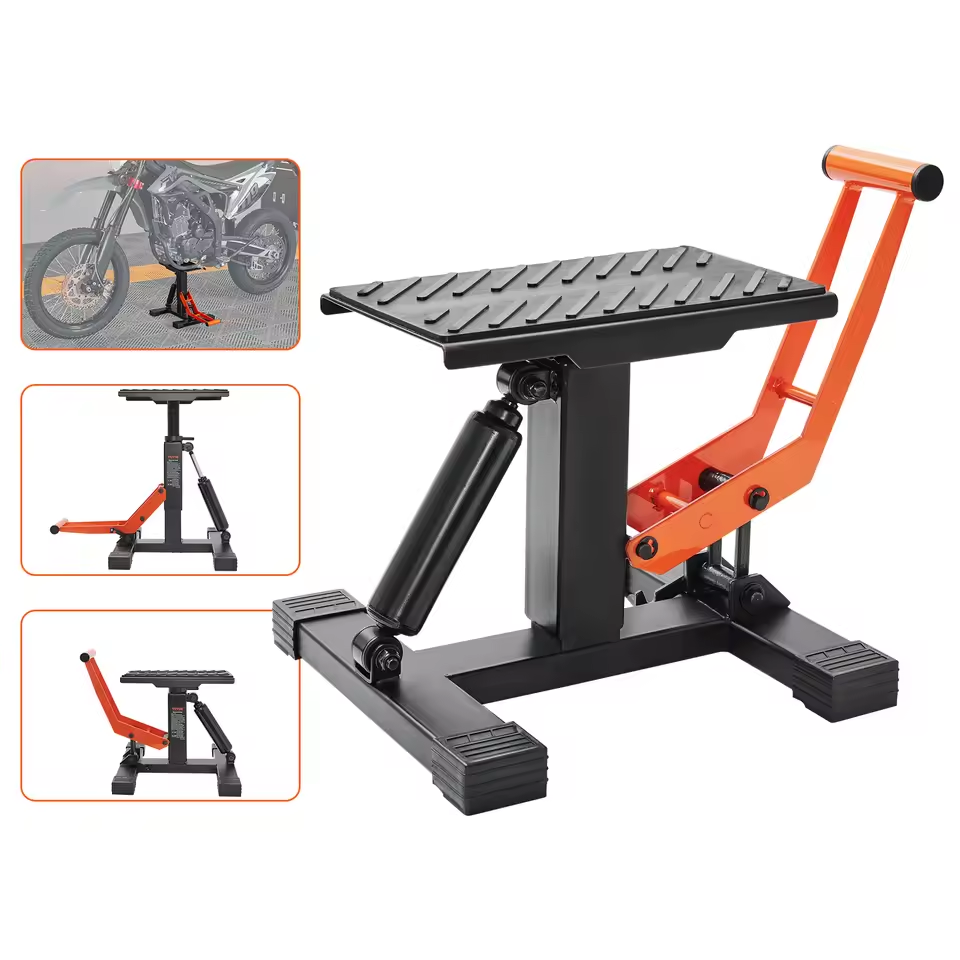
Proper care ensures your motorbike table lift remains functional and safe for years. Follow these steps to maximize its lifespan:
- Regular Cleaning
Wipe down the platform and frame after each use to remove grease, dirt, or metal shavings. Use mild detergent and a soft brush—avoid abrasive cleaners that corrode surfaces. For stubborn stains, apply a degreaser, then rinse with water and air-dry. - Hydraulic System Checks
- Fluid Level: Top up hydraulic fluid (check manufacturer guidelines) every 6 months.
- Leak Detection: Inspect hoses and seals for leaks. Tighten loose connections or replace damaged parts immediately.
- Component Inspections
- Locking Mechanisms: Test hydraulic pins and clamps monthly to ensure they secure motorcycles firmly.
- Anti-Slip Mats: Replace worn rubber surfaces to maintain grip.
- Wheels and Castors: Lubricate moving parts to prevent rust and ensure smooth mobility.
- Weight Limit Compliance
Never exceed the lift’s stated capacity (typically 500–1,000 lbs). Overloading strains hydraulics and weakens structural integrity. - Storage Practices
- Store the lift indoors to protect it from rain, snow, or extreme temperatures.
- Cover it with a breathable tarp if kept outdoors.
- Preventive Measures
- Alignment Check: Ensure the platform is level before each use to avoid uneven wear.
- Rust Prevention: Apply anti-rust spray to exposed metal parts annually.
By adhering to these tips, your motorbike table lift will remain a reliable tool, reducing downtime and costly repairs while maintaining safety standards.
FAQs About Motorbike Table Lifts
Q: Is a motorbike table lift safe for heavy motorcycles?
Yes! Most models support 500–1,000 lbs. Choose a lift matching your bike’s weight and ensure it has locking pins and anti-slip surfaces for stability.
Q: Do I need professional installation?
No. Most are freestanding and require minimal assembly—simply unfold and level the base. Follow the manual’s instructions for optimal placement.
Q: What’s the price range?
Entry-level lifts start at 500,whilehydraulicmodelswithtiltfunctionscancostupto2,000. Budget based on your repair needs.
Q: Can it handle electric motorcycles?
Absolutely! As long as the bike’s weight stays within the lift’s capacity, electric models are fully compatible.
Q: How do I prevent rust?
Store the lift indoors and wipe down surfaces after use. Apply anti-rust spray to metal parts annually.
Q: Are they easy to move?
Yes! Wheels or castors on most models allow easy relocation. Compact designs even fold for storage.
Q: Do they work for small motorcycles?
Yes! Adjustable platforms (typically 48” L × 24” W) fit scooters and dirt bikes. Check dimensions before purchasing.
By addressing these concerns, the motorbike table lift proves itself as a safe, versatile, and cost-effective tool for motorcycle maintenance.
More Details The History of the JDM 350z
The History of the JDM 350z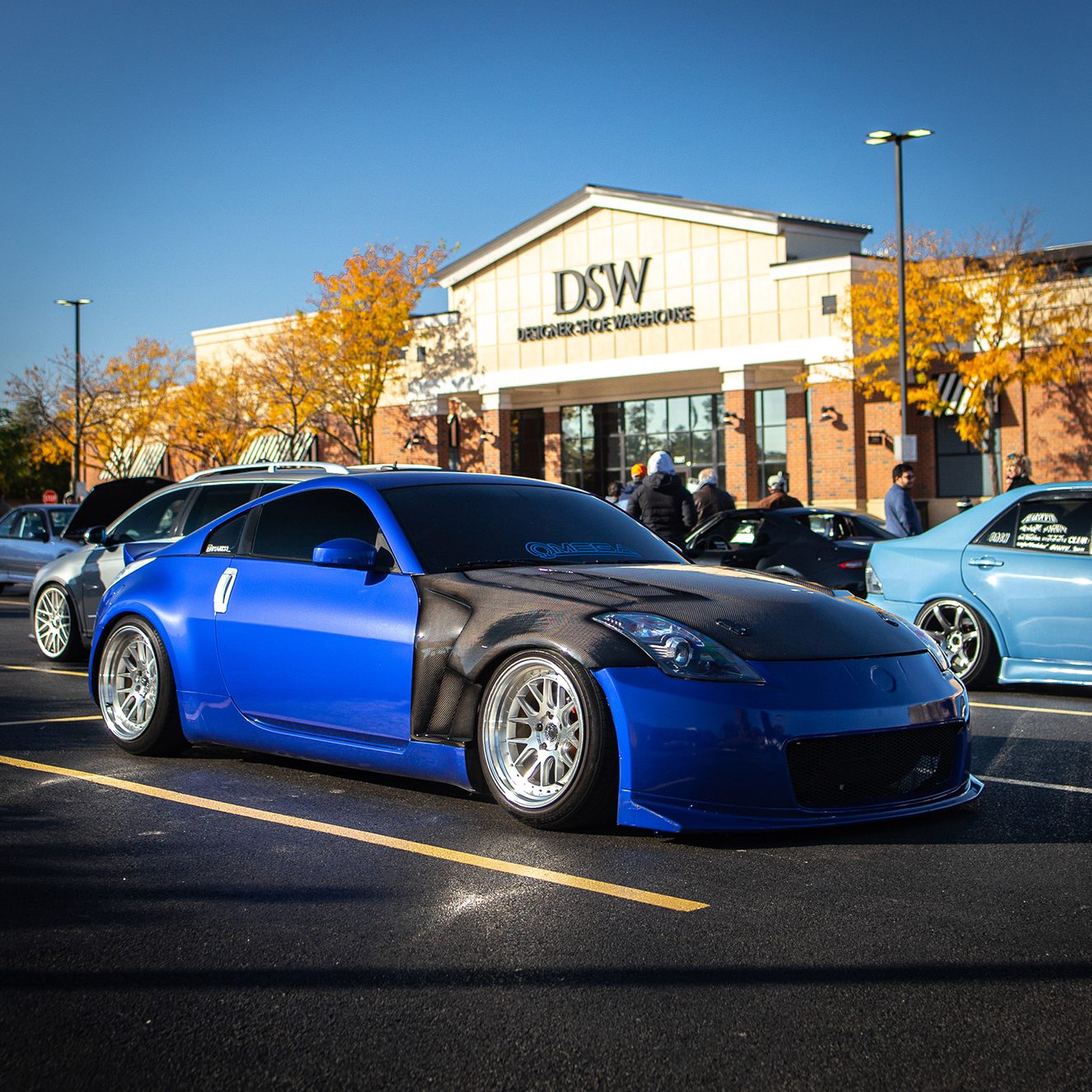 Customization Options
Customization Options The JDM 350z in Popular Culture
The JDM 350z in Popular Culture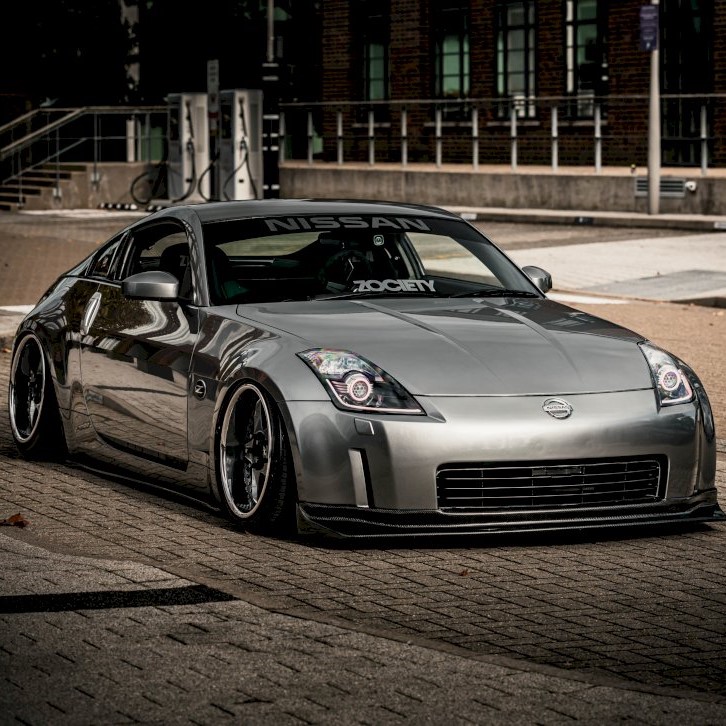 Frequently Asked Questions (FAQ)
Frequently Asked Questions (FAQ)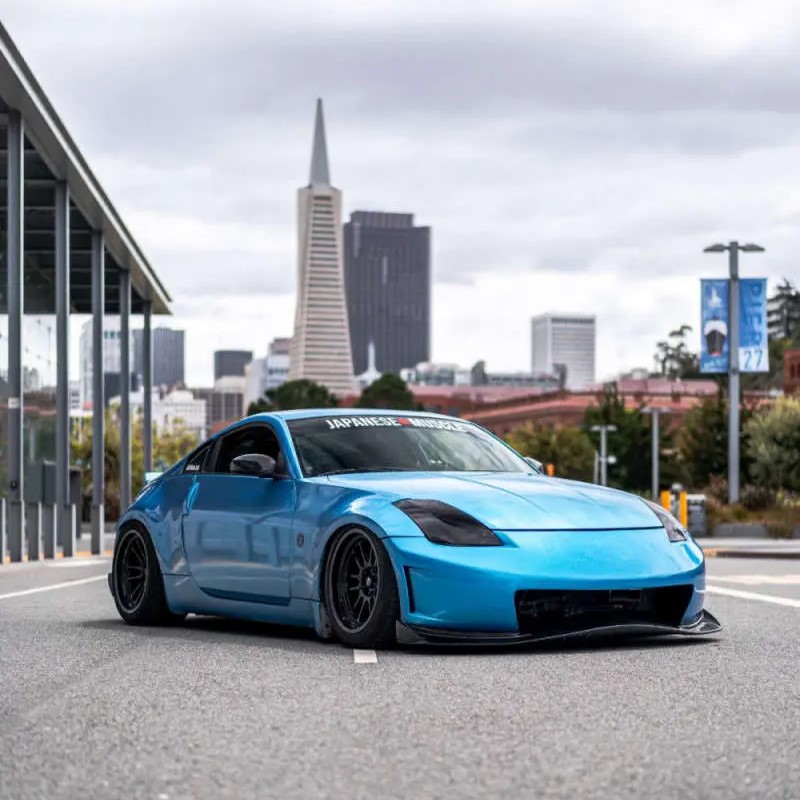 Conclusion
Conclusion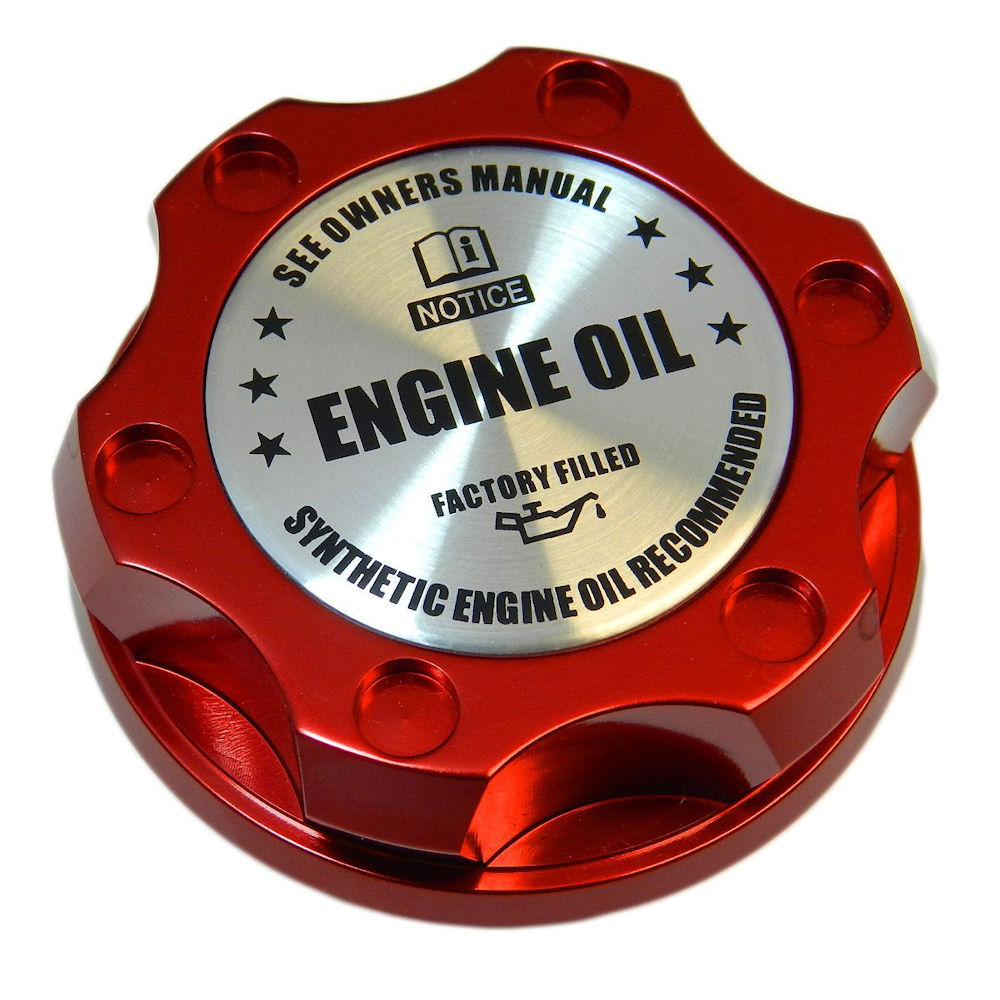 The Basics of Engine Oil and Its Function
The Basics of Engine Oil and Its Function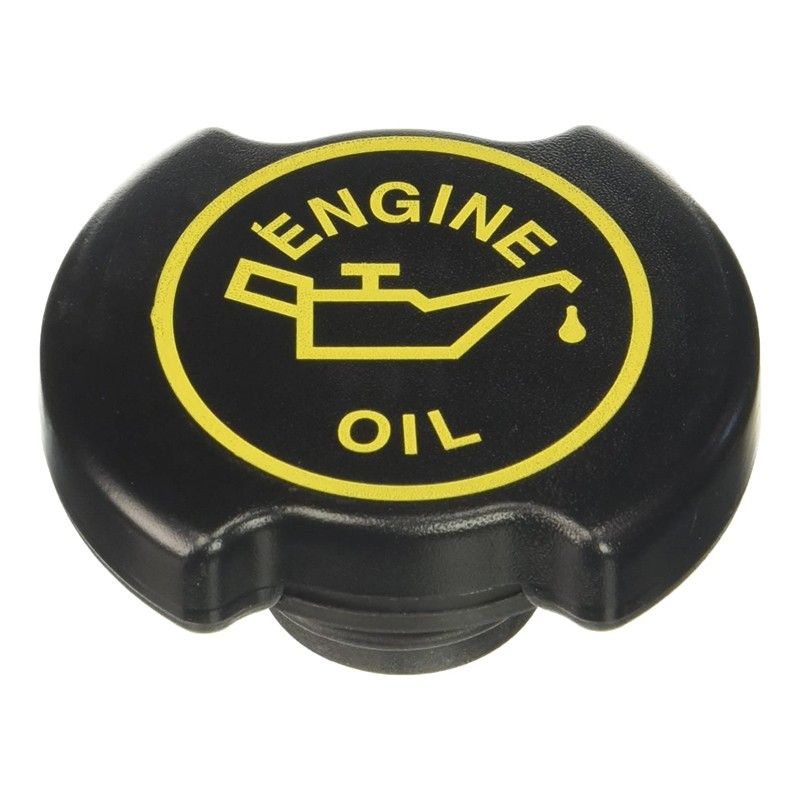 Signs You Need to Check Your Oil Immediately
Signs You Need to Check Your Oil Immediately How to Choose the Right Oil for Your Vehicle
How to Choose the Right Oil for Your Vehicle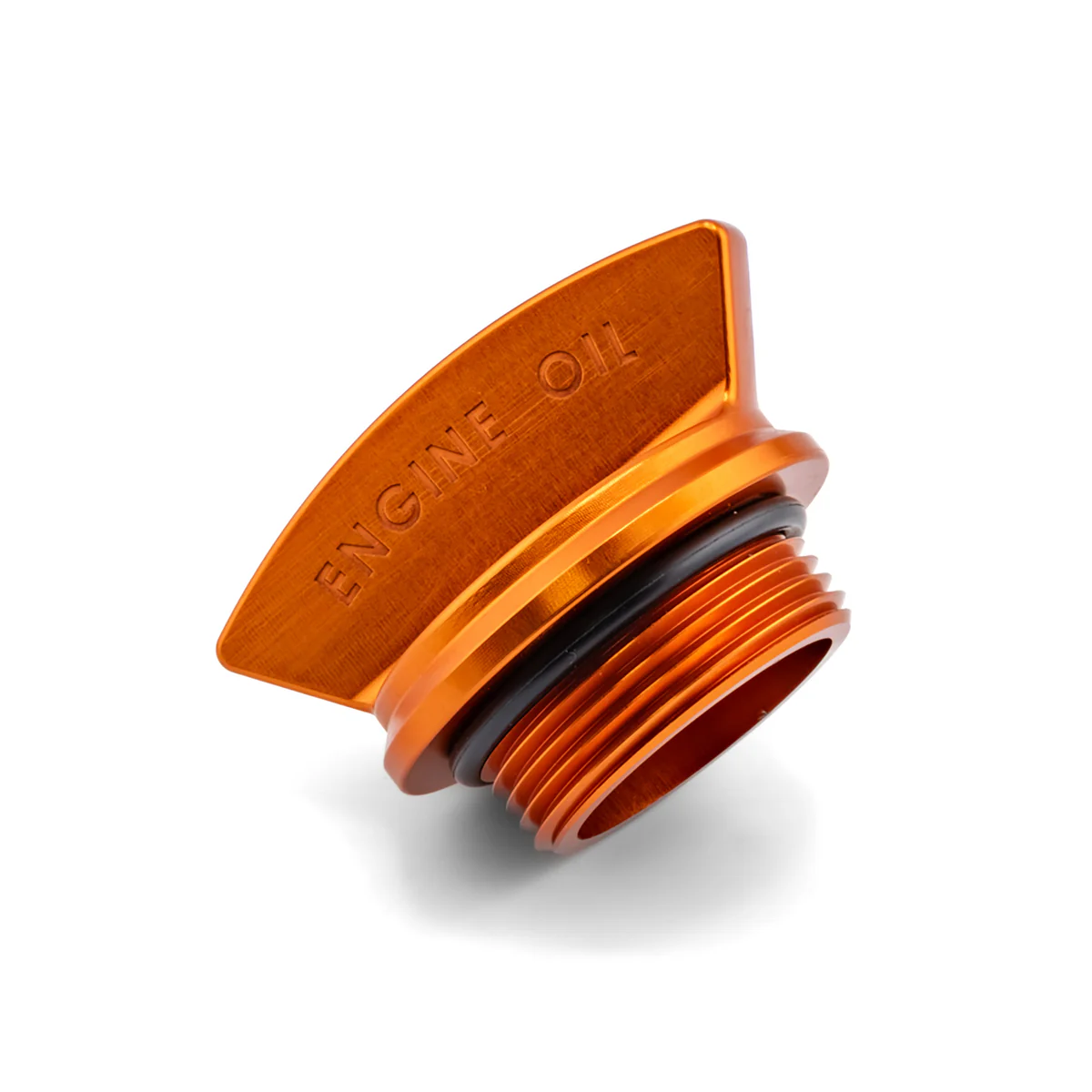 FAQ: Can You Open Oil Cap When Engine Is Hot?
FAQ: Can You Open Oil Cap When Engine Is Hot? Final Thoughts on Can You Open Oil Cap When Engine Is Hot
Final Thoughts on Can You Open Oil Cap When Engine Is Hot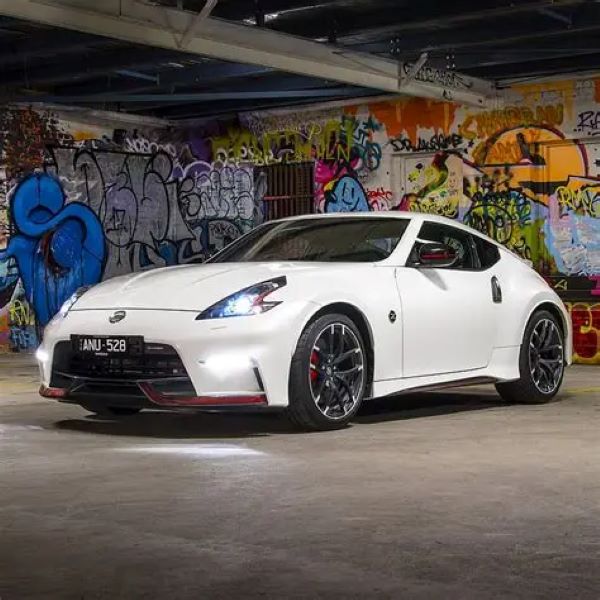 The Origins: Birth of a Performance Legacy
The Origins: Birth of a Performance Legacy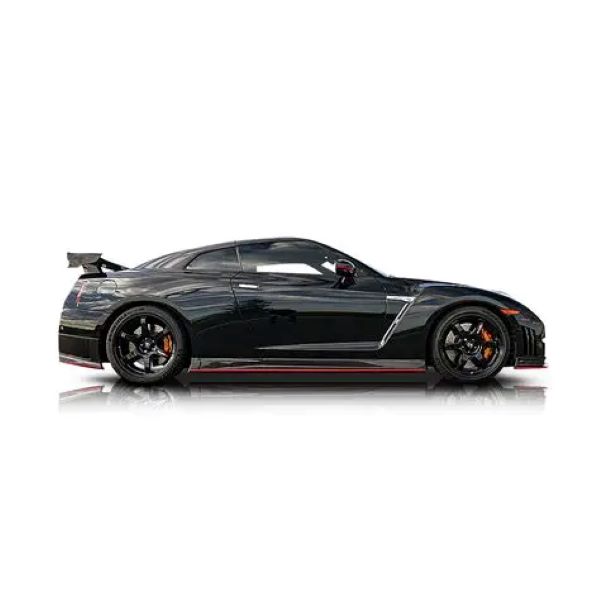 The Cultural Impact
The Cultural Impact Identifying Genuine Nismo Products
Identifying Genuine Nismo Products Frequently Asked Questions (FAQ)
Frequently Asked Questions (FAQ) Conclusion
Conclusion The Evolution
The Evolution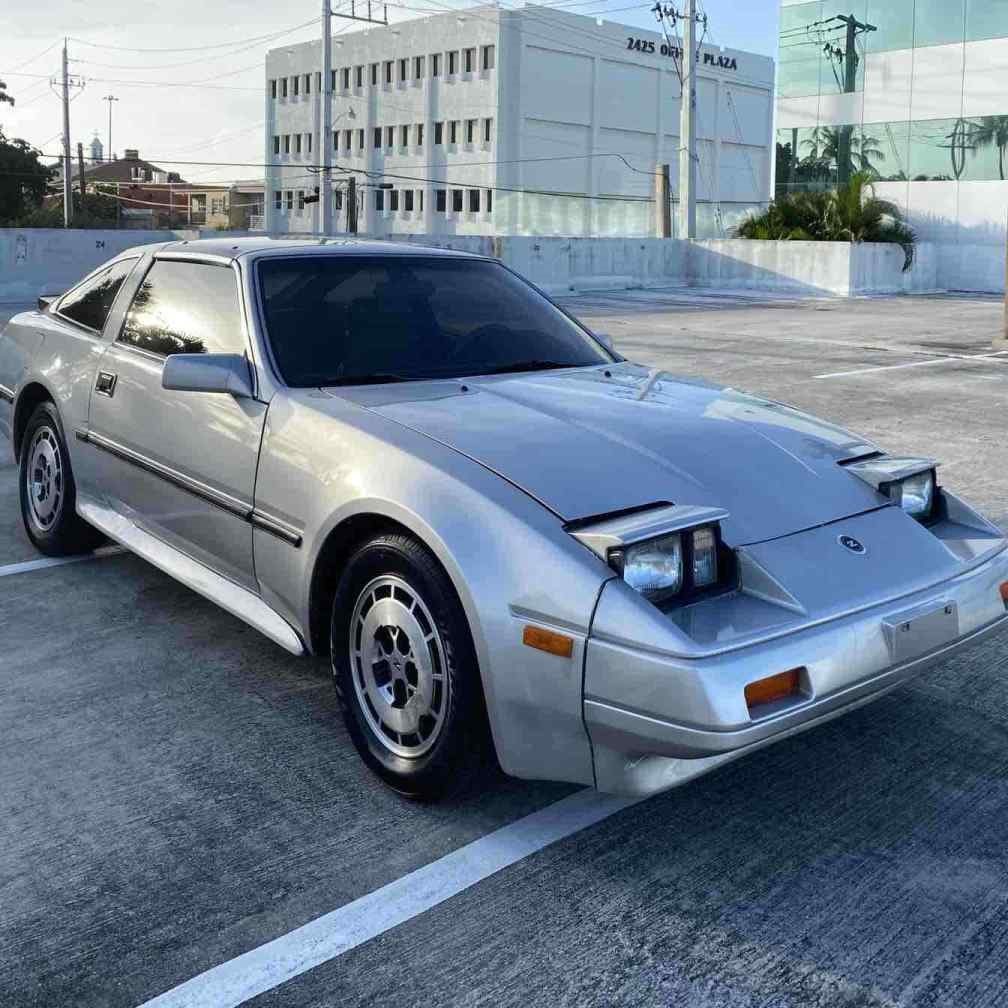 Design and Aesthetics
Design and Aesthetics Technology and Infotainment
Technology and Infotainment The Driving Experience
The Driving Experience Frequently Asked Questions (FAQ)
Frequently Asked Questions (FAQ)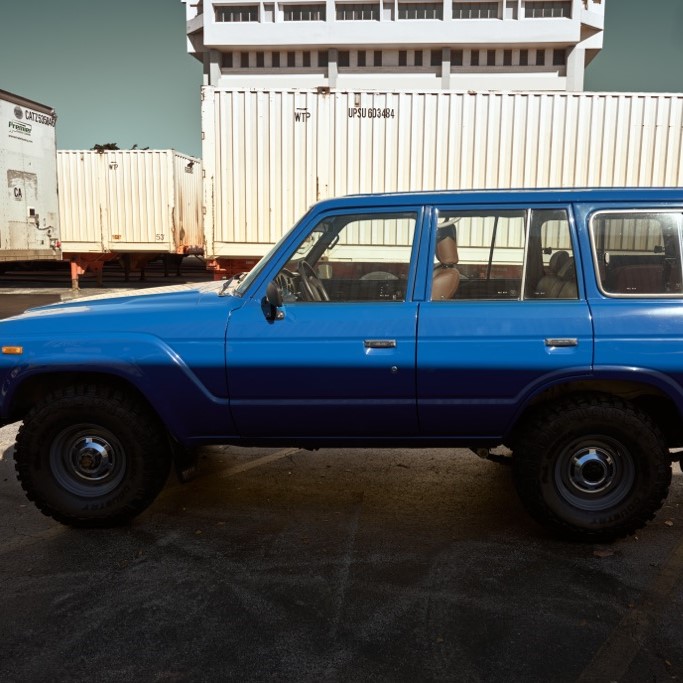 The Legacy of the Toyota FJ62
The Legacy of the Toyota FJ62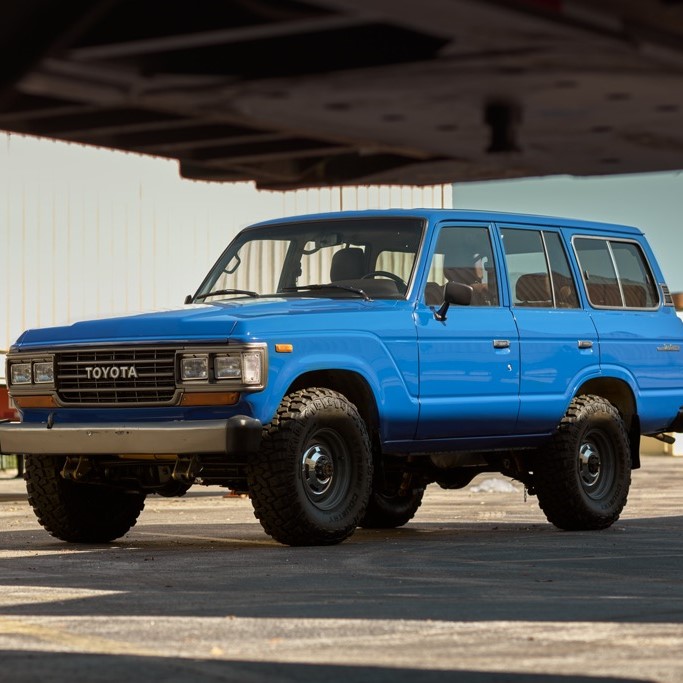 Off-Road Performance
Off-Road Performance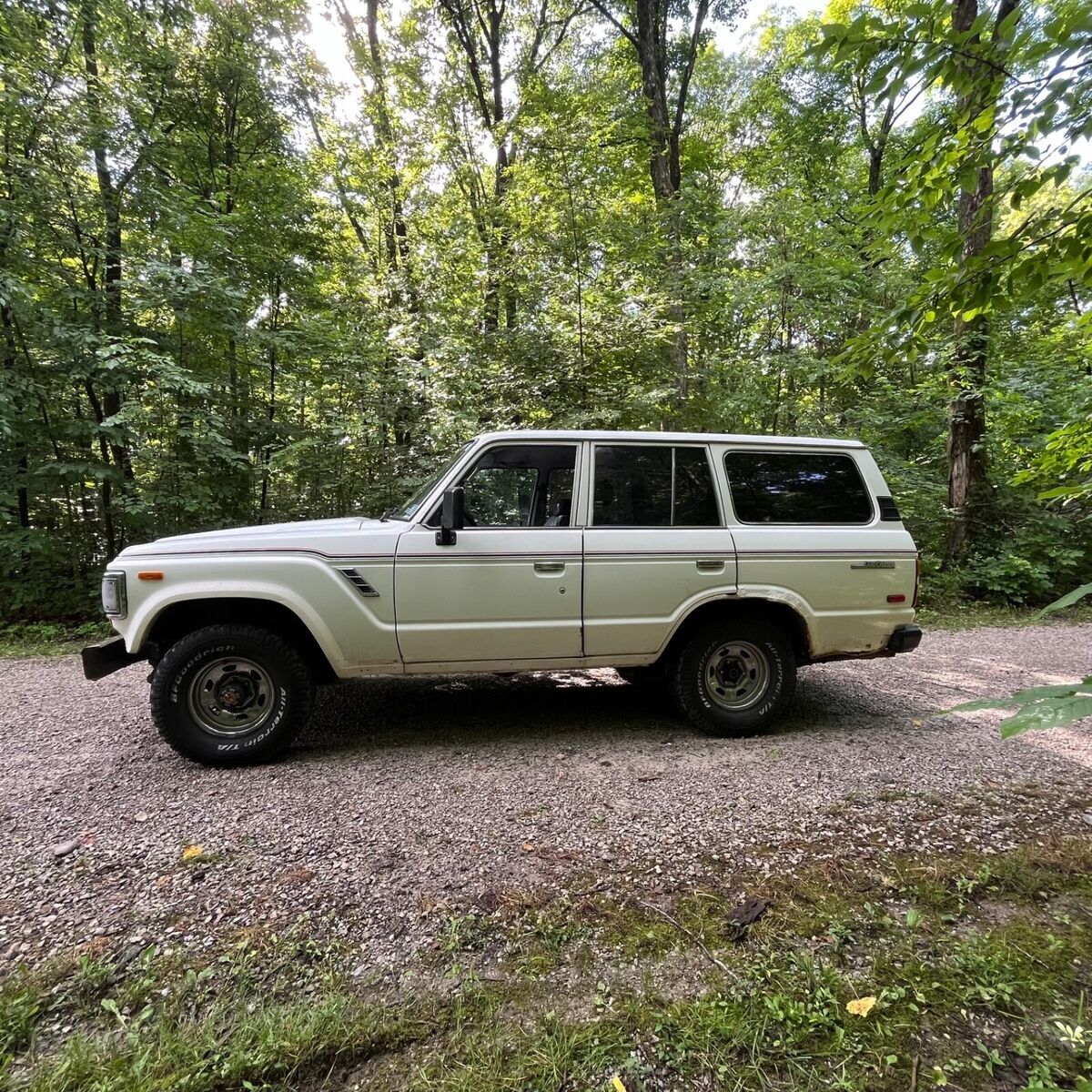 Comparing the Toyota FJ62 to Other Off-Road Vehicles
Comparing the Toyota FJ62 to Other Off-Road Vehicles Frequently Asked Questions (FAQ)
Frequently Asked Questions (FAQ) Final Thoughts
Final Thoughts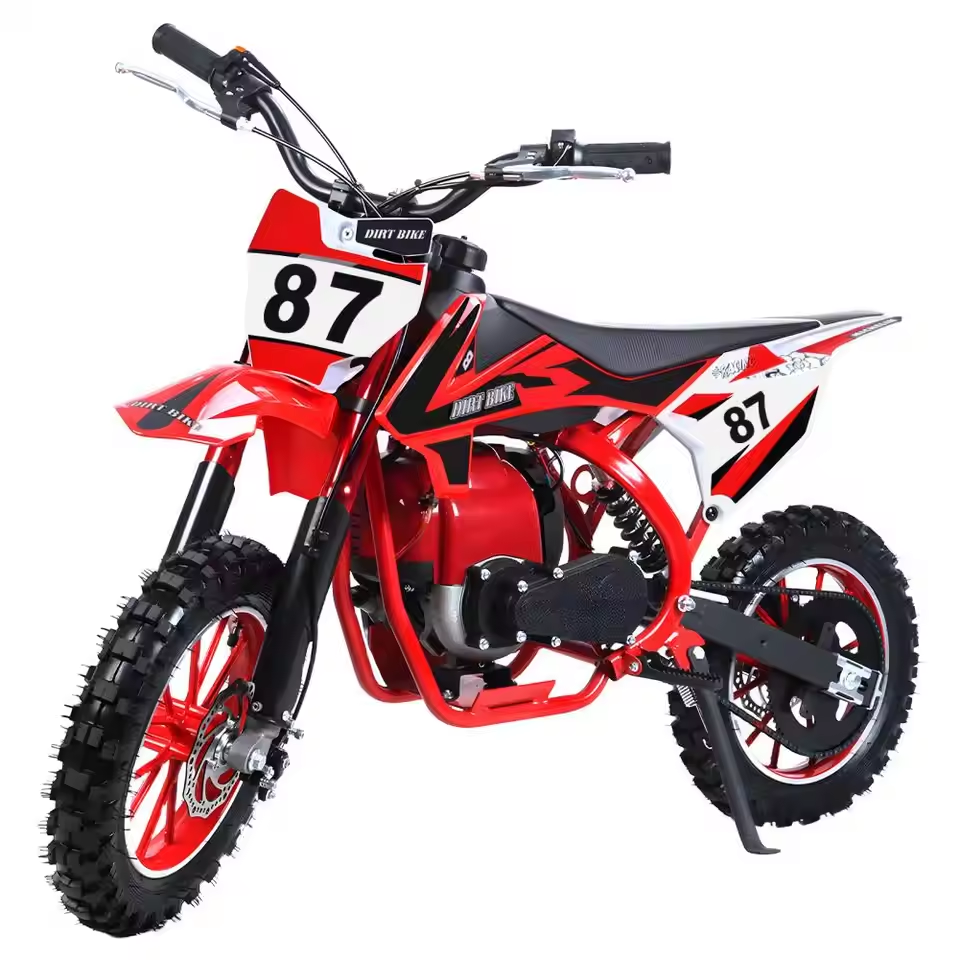
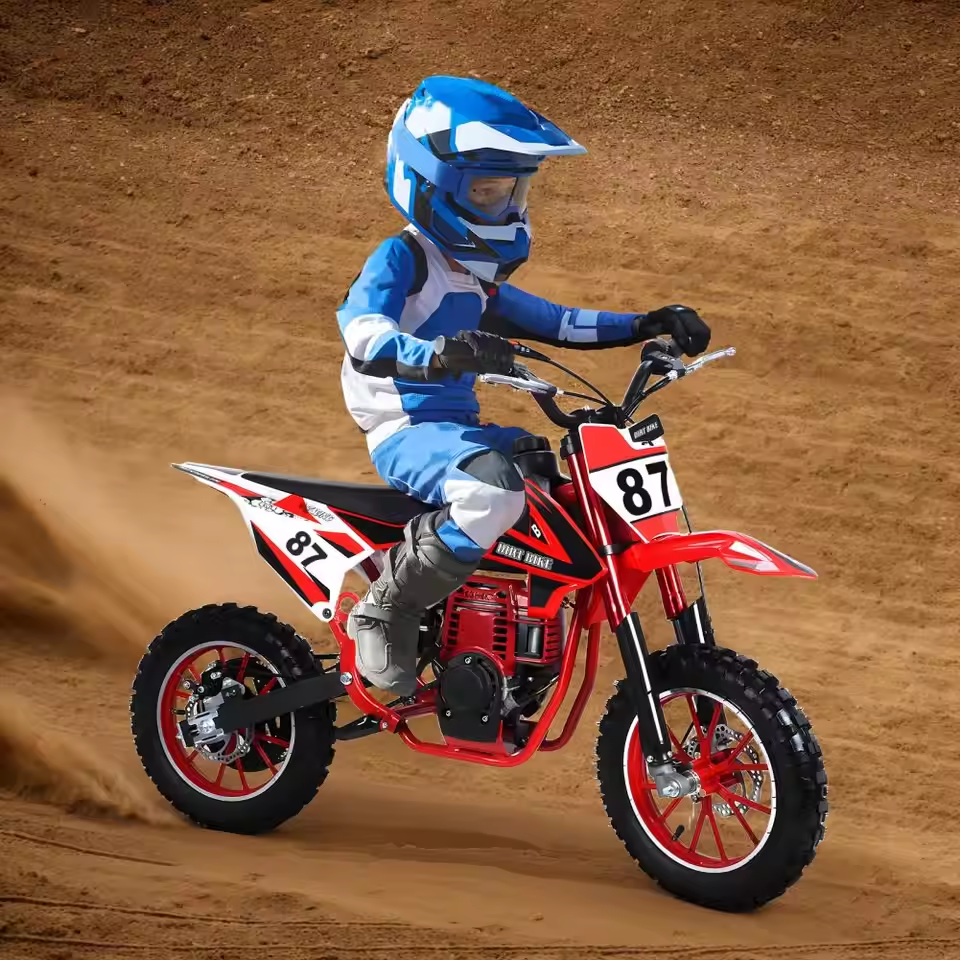

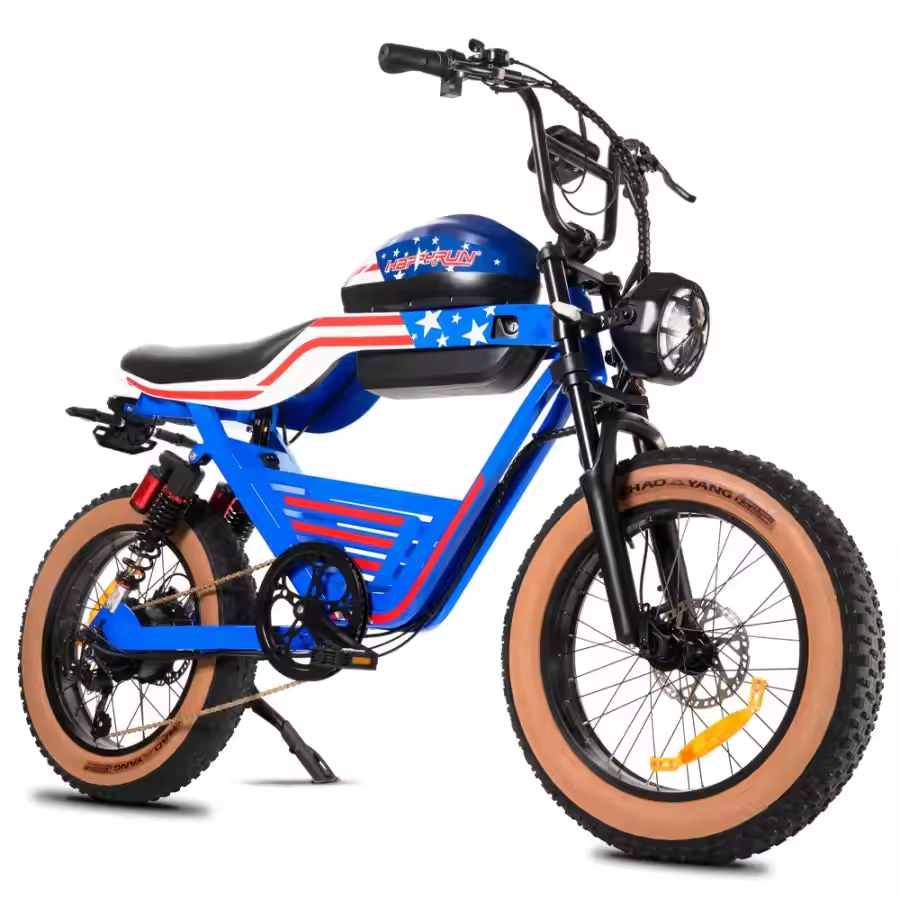
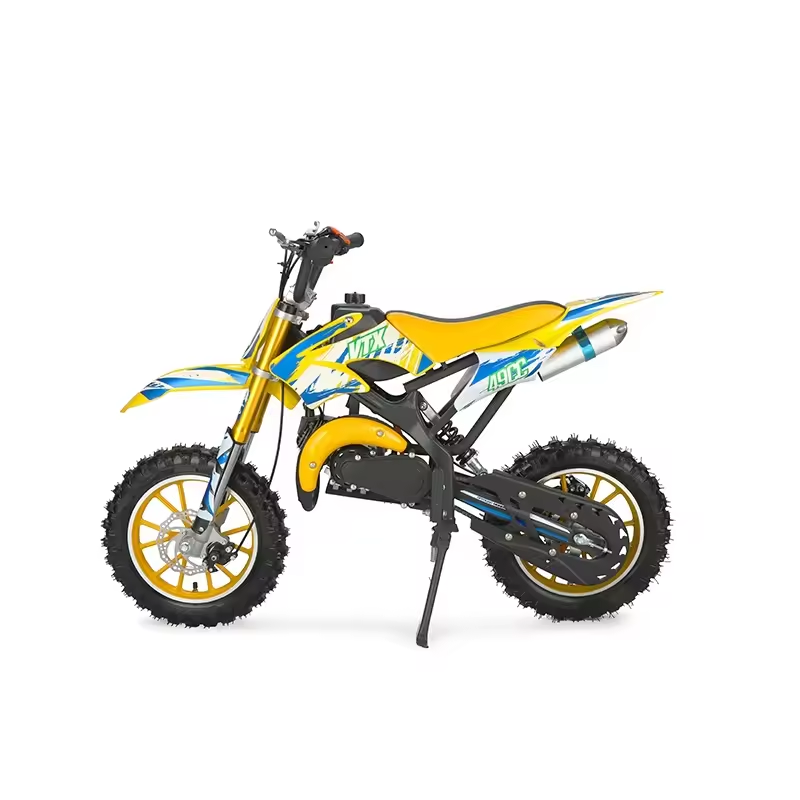
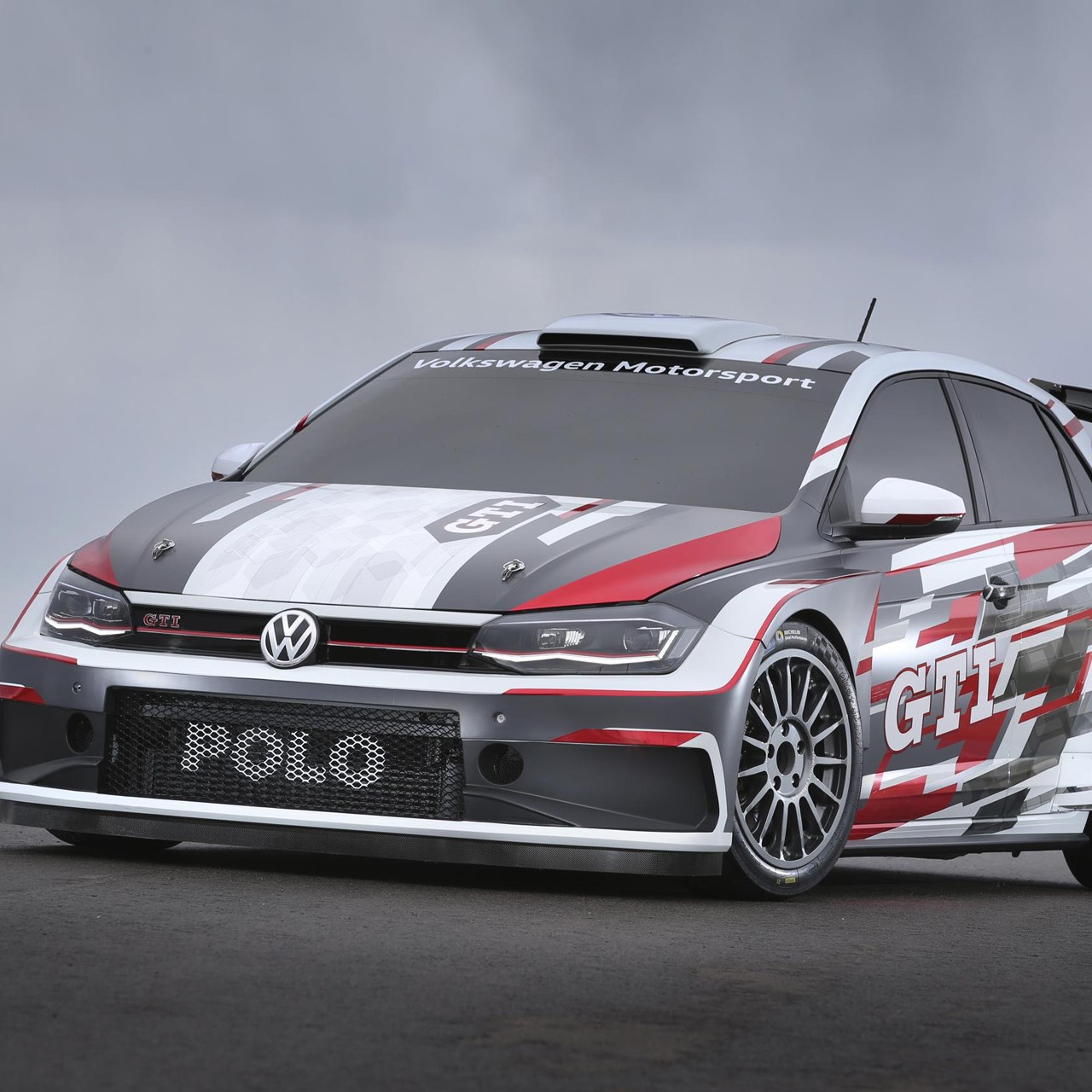 The Legacy of the Volkswagen Golf GTI
The Legacy of the Volkswagen Golf GTI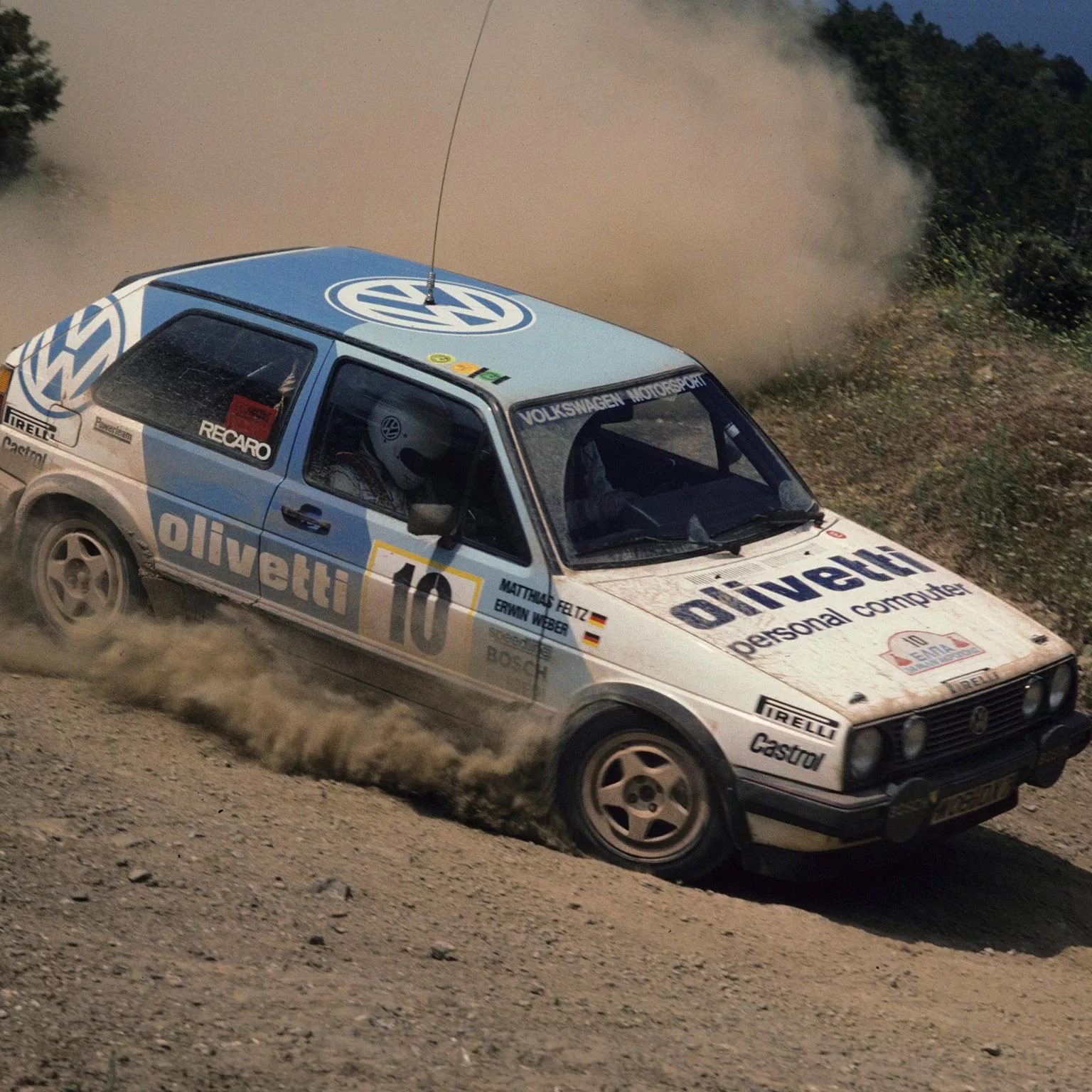 Interior and Comfort: Rally-Ready Meets Everyday Practicality
Interior and Comfort: Rally-Ready Meets Everyday Practicality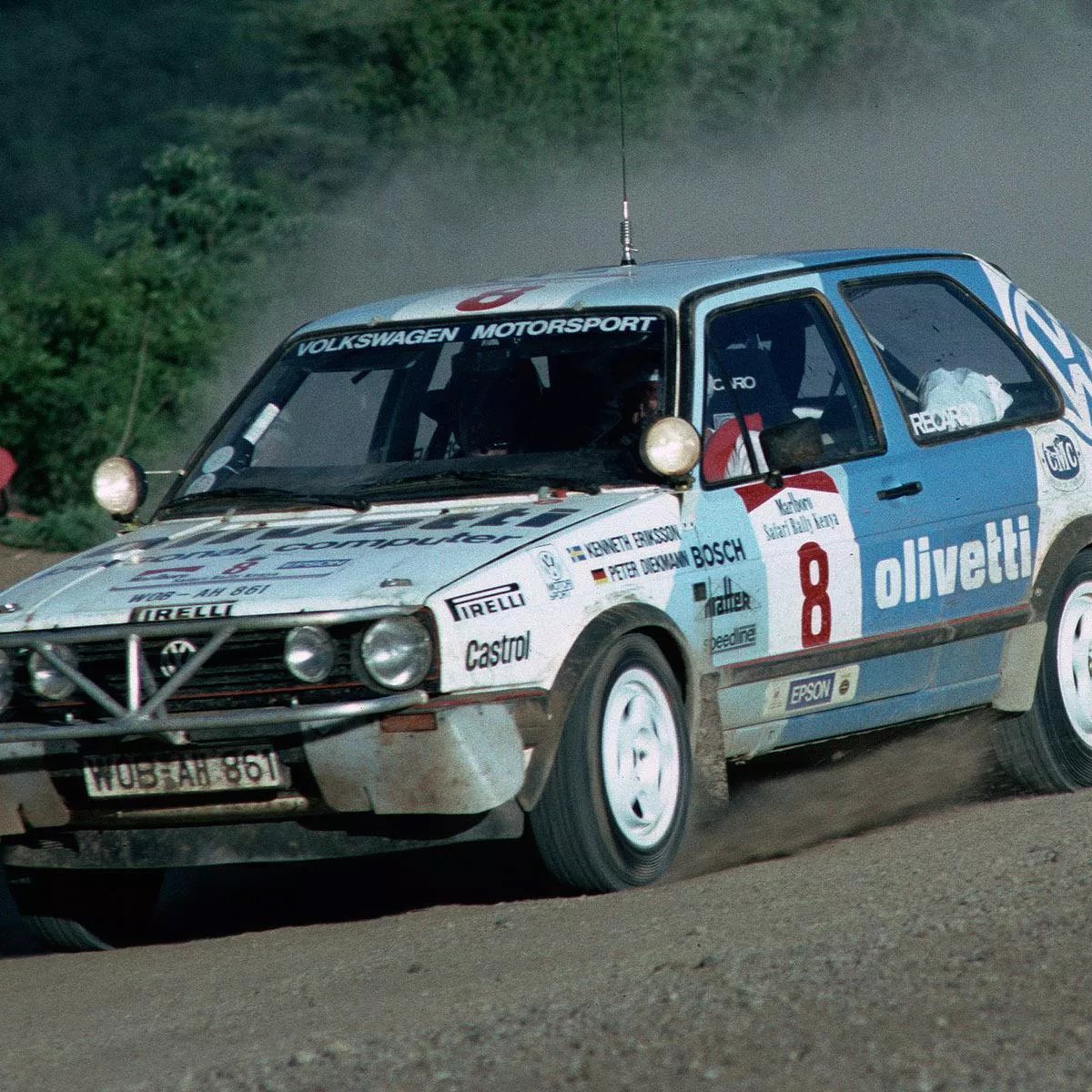 Customization Options: Personalizing Your Rally Car
Customization Options: Personalizing Your Rally Car Frequently Asked Questions (FAQ)
Frequently Asked Questions (FAQ)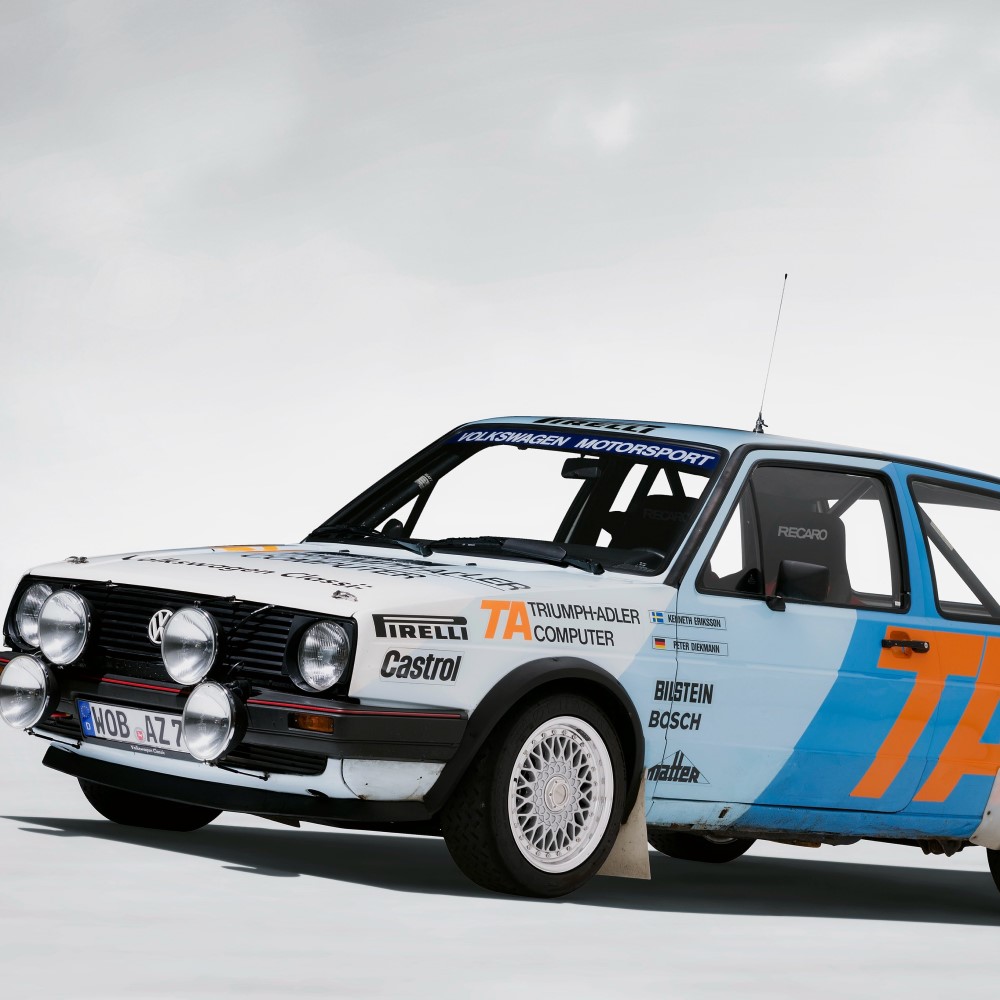 Conclusion
Conclusion The Legacy of the Marlboro Car
The Legacy of the Marlboro Car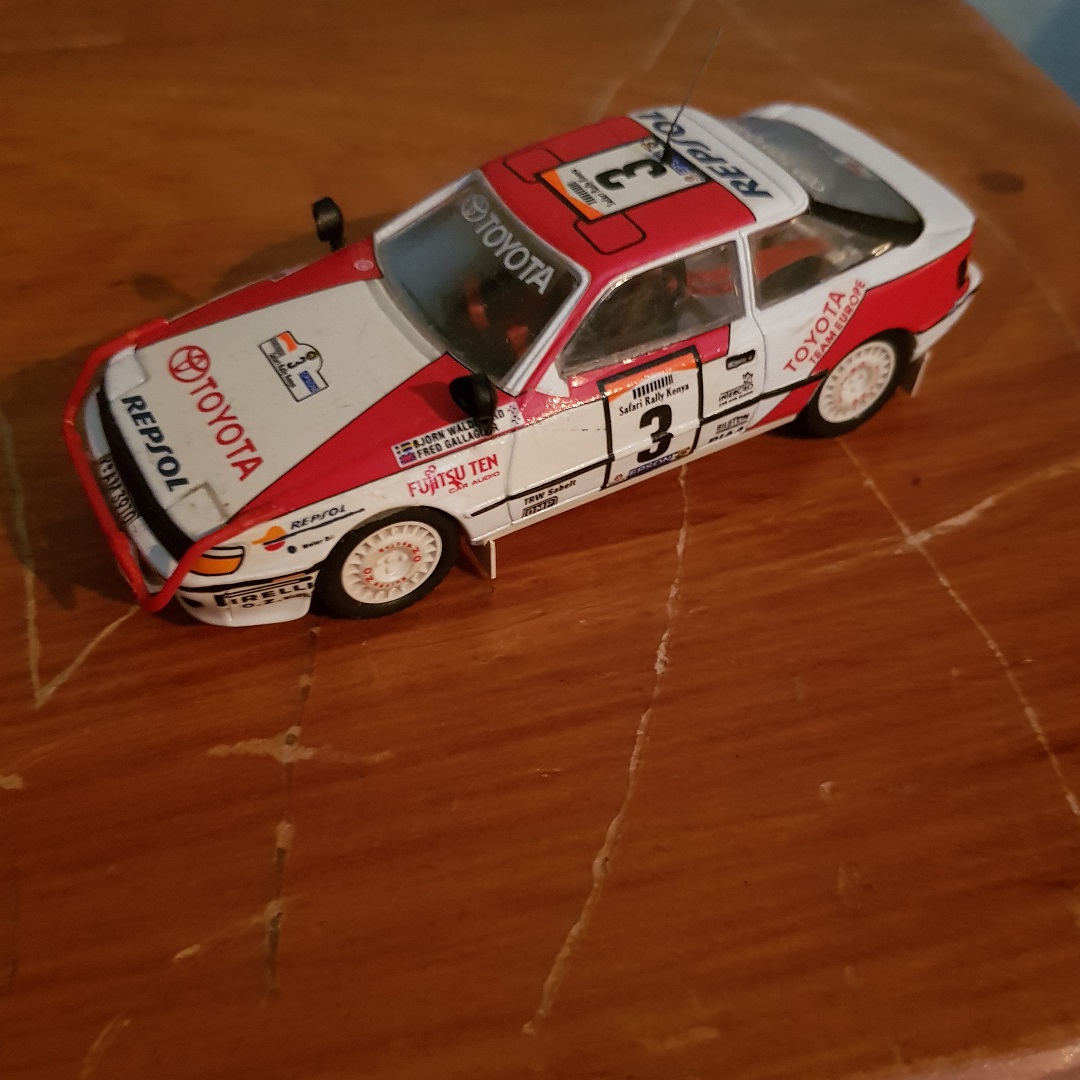 The Partnership Between Marlboro and Rally Racing
The Partnership Between Marlboro and Rally Racing The Impact of Marlboro Car on Modern Motorsports
The Impact of Marlboro Car on Modern Motorsports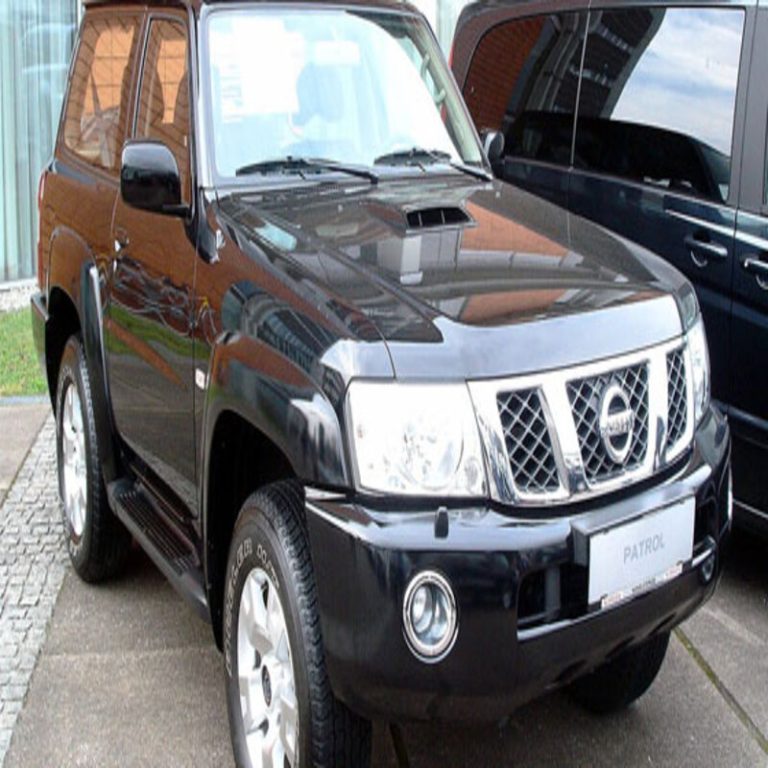 The Future of Marlboro Cars
The Future of Marlboro Cars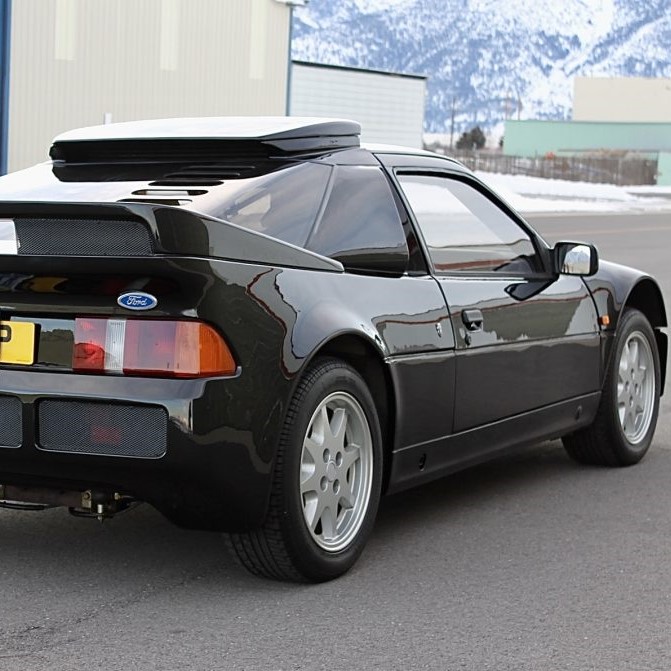 Frequently Asked Questions (FAQ)
Frequently Asked Questions (FAQ)
